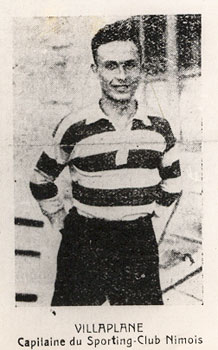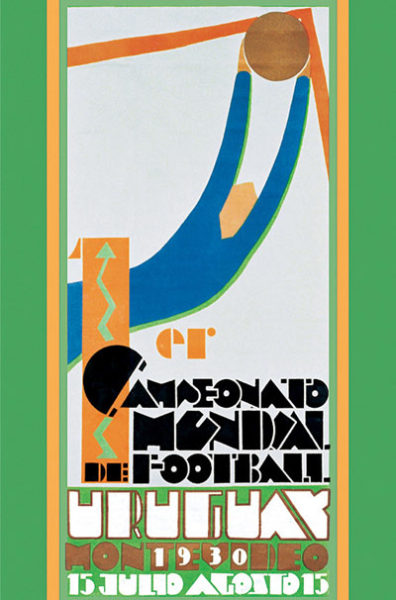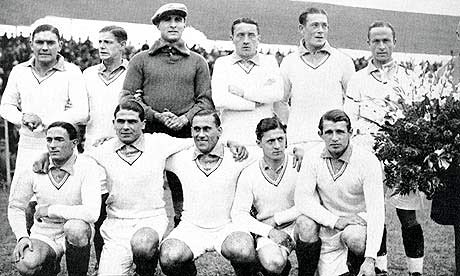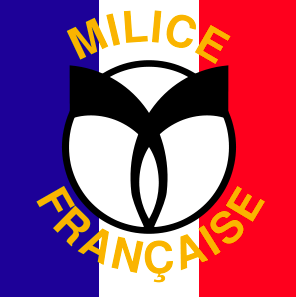We’ve become immune to the stories we hear every day about professional athletes who get into trouble with the law. Their crimes range from acts of violence to murder and everything in-between.
Our story today is about one of these athletes. He was a French footballer. In other words, he played soccer. His saga starts with the first World Cup in 1930 and ends fourteen years later with his execution at the hands of the French Resistance. He was a well-known and vicious Nazi collabo (collaborationist).
Meet Our Villian

Alexandre Villaplane (1905–1944) was born in Algiers and between 1921 and 1935 played football (i.e., soccer) for various French club teams. Known for his vicious tackling and headers, Villaplane’s greatest achievement was on the pitch (i.e., field) playing for the French national team (known as Les Bleus or The Blues). The national team kit (i.e., uniform) is red, white, and blue. Unfortunately, by 1944, Villaplane was wearing a different uniform and was better known for his cruelty, blackmail, and murders.
Learn more about The 1930 World Cup

The first FIFA World Cup was played in Uruguay between 13 to 30 July 1930 and consisted of thirteen teams including France and the United States (yep, you read this correctly and here’s the other shocker—the United States national team came in third).

Villaplane was named captain of the French National World Cup team, Les Bleus. France was one of four teams in Group 1: Argentina, Chile, and Mexico rounded out the group. On 13 July 1930, he led the team to its only victory of the 1930 World Cup—a 4 to 1 score over Mexico. The next two games (against Argentina and Chile) were both 1 to 0 losses. Only Argentina broke out of the group stage and advanced to the knockout stage. Ultimately, Uruguay would beat Argentina in the finals with a score of 4 to 2. The World Cup was ultimately seen as the highlight of Villaplane’s football career. After this, his club career went into a downward spiral. Read More Les Bleus, Le Collabo et l’Exécution


